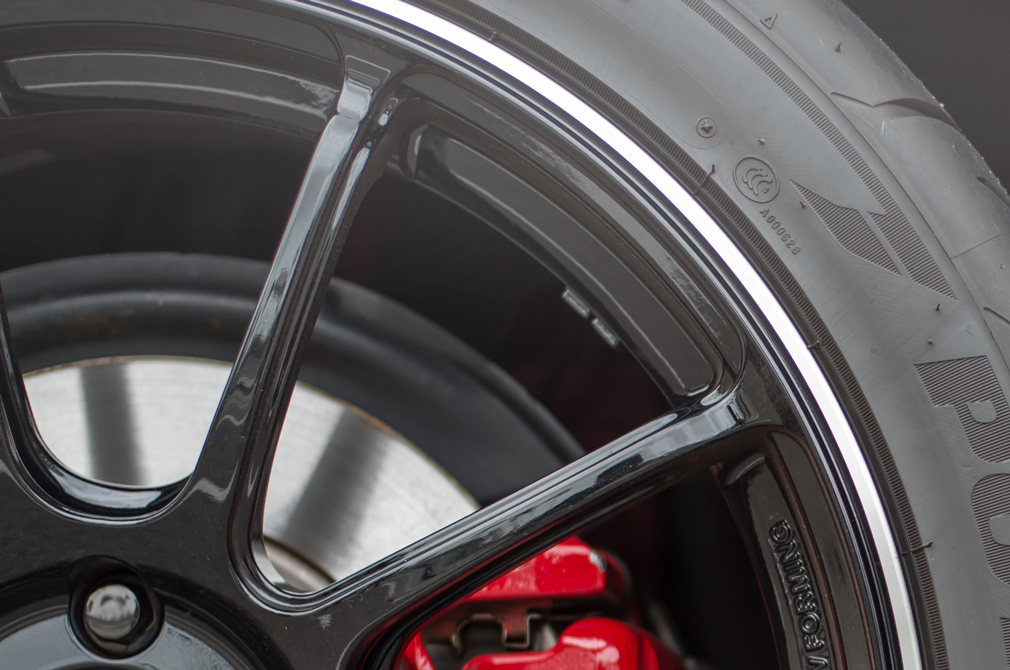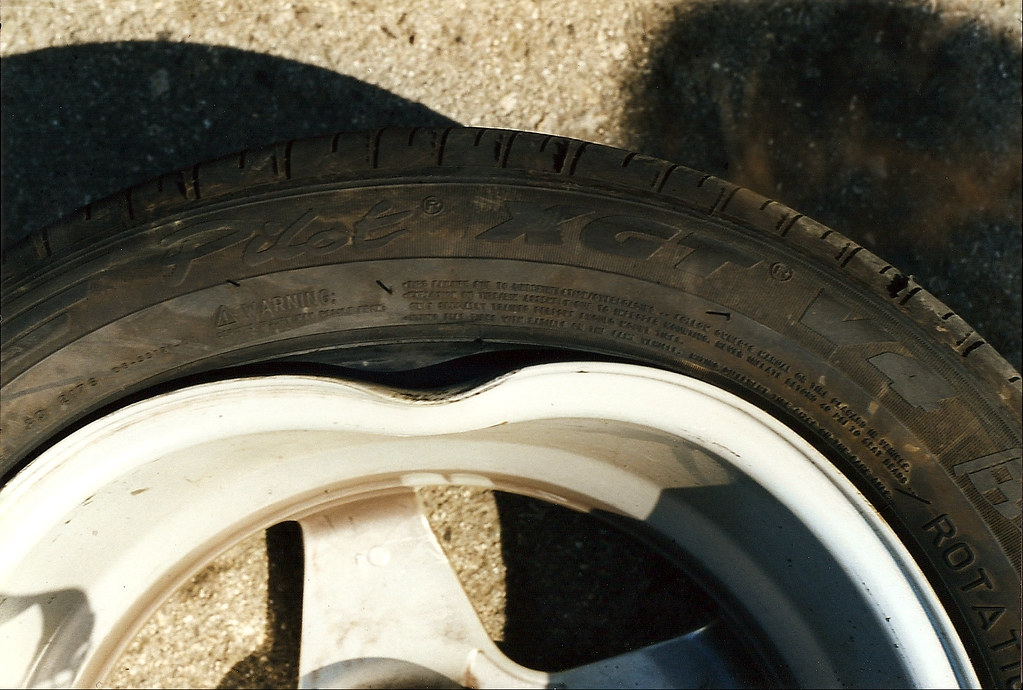The perfect set of alloy wheels can significantly alter the look of an automobile and help it stand out from the crowd. Casting has taken over as the primary production method because of the sophistication of wheel design. When so many alternatives are available, deciding which wheels, like the 17inch wheels, to put on your happiness and joy might be challenging. Until the last ten years, alloys were only available on the most expensive models offered by a manufacturer.
However, today, almost any city compact on the marketplace may be specified with alloys if the buyer so chooses. Compared to a steel wheel of equal strength, alloy wheels, which are of aluminum or metal combined with nickel, offer a significantly lighter package. They can also be formed entirely by pouring molten metal.
Evolution

Wheels account for about 15 percent of the total the average amount of aluminum in cars and light trucks. While styling has been the primary driving force behind the advancement of primarily cast solutions, the need for weight reduction has resulted in the emergence of more technological cast solutions and forged and fabricated ones. Structural rigidity is the fundamental factor to consider when building an aluminum wheel to obtain at least the same automobile performance as an identical steel wheel. Tensile strength is taken into account while analyzing misuse scenarios. For this behavior, yield tests beneath stress are also necessary. Throughout the design process, finite volume software is in place. Impact tests, however, routinely examine the resistance to unintentional accidents, such as those caused by paving stones.
For substantial vibrations, a precise equation is a crucial factor. Cast and welded wheels are therefore machined. If style criteria demand manufacturing technology, a compromise must take place. After chemical transformation, painted or varnished wheels and forgings are applied. Strip wheels can have painted or coated and varnishing. Many advancements are reduced the current generation of alloy wheels’ overall weight without compromising aesthetics.
Materials
Types
Forging
Forged alloy wheels are rims created by hot forging from a single sheet of material. Like cast wheels, the forging method enables freedom in constructing the stylized disc. By aligning the structure with the material’s direction, forging allows full utilization of the alloy’s hardness and toughness capabilities.
Due to the lack of pores and the small, homogenous microstructure, forged materials display superior fatigue resistance to castings. Additionally, the ornamental hub faces may be polished and machined with high gloss diamonds because of the deep wrought structure. Depending on the design specifications, the classic wheel forging concept includes many developing processes, rough milling, splitting, flow spinning, thermal treatment, final machine tools, and numerous extra finishing stages. While forged wheels are more sensitive to overloads like those encountered in sports vehicles, cast wheels operate following the same weight and durability criteria.

Using sheet metal
With pressure welding equipment, the edges of a metal sheet strip are cut to the necessary length butt together to form a circle. The tire nave is on a piece of forging equipment or deep-drawn over multiple steps using a transmission press. A pulsed MIG procedure is to connect the ring to the center. The tires are surface polished after clicking.
The alloys must adhere to several, occasionally competing, standards such as resistance to corrosion and impact strength. Wheels that are not heated have a lower magnesium content; while this alloy has a lower fatigue limit, it is easier to cast and has distinct shrinkage properties. Magnesium content increases dramatically and reduces elongation but does not enhance fatigue strength. The advantage of Sb modification is amply by the inverse relationship between stretching and yield and tensile strength. Due to these criteria, eutectic Al-Si primary alloys with silica contents of 7–12% are often necessary.